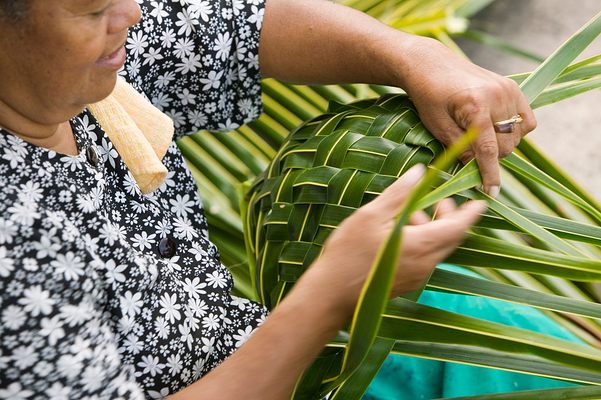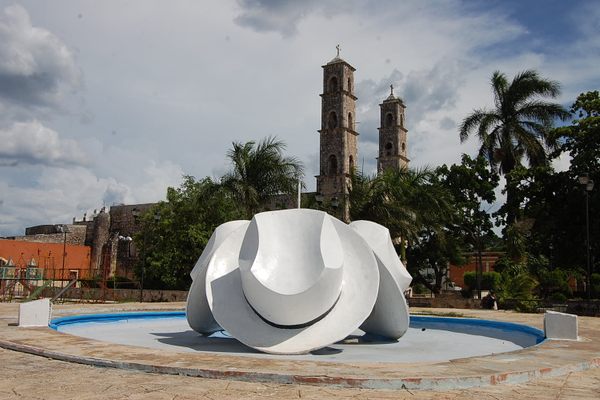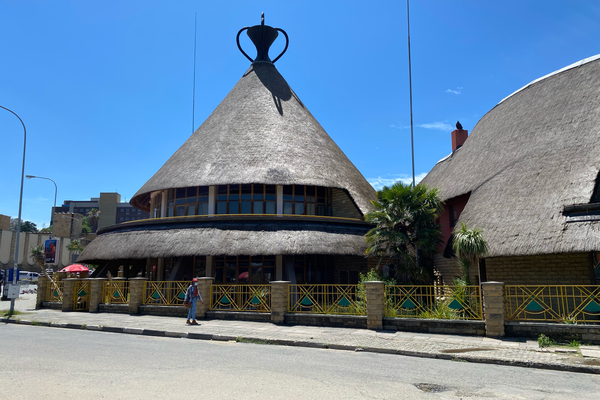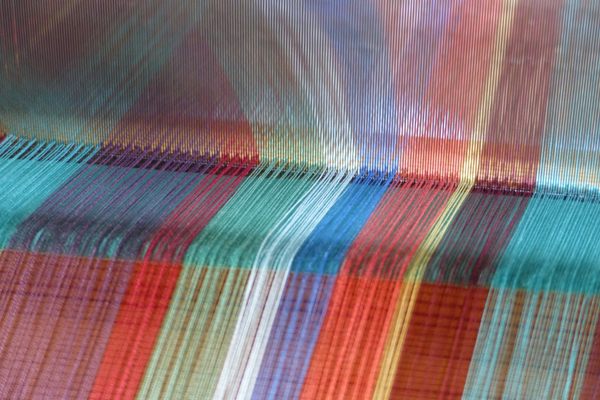About
Right next to Tuvalu’s tiny airport is a small shop known as the Tuvalu Women’s Handicraft Centre. Lined with colorful handmade baskets, fans, necklaces, mats, fishhooks, and woodcarvings, the shop showcases the work of female artisans from the island nation. The shop is only open two days a week when flights land on the Funafuti Airport Airstrip. It is Tuvalu’s only souvenir shop.
In Polynesia, it’s often the women who learn and pass down traditional techniques used to create such handicrafts. Polynesian woven goods populate almost every aspect of life on the islands and have been used to make sails, roofing, mattresses, and, of course, clothing. Today the same techniques are used to create everything from baskets to mats. Coconut palms, or kere, are used to make dancing costumes whereas butterfly pandanus, ie'ie, is used in basket weaving. Hibiscus plants, pūrau, are used more widely than either and are used to make everything from ropes, mats, sandals, and dancing skirts.
Usually, weavers use the entirety of the plant—stems, veins, bark, leaves, and all—soaking the raw material, macerating it, and then soaking it again. Afterward, the plant material is smoothed, beaten, and dried to get the light tan color used in many of the woven crafts. Natural dyes are also sometimes used to create colorful patterns in the finished weavings. Sometimes whole leaves are sewn into skirts as well, mixing woven patterns with raw plant material.
Traditional woven dance costumes often demonstrate as much artistry and skill as Tuvaluan dances themselves. Dance skirts, known as titi, combine many materials. Today finished costumes combine natural materials like leaves and seeds with imported cloth and beads. Sometimes elaborate geometric designs are sewn onto pandanus leaves covered in white cloth which are then attached to the skirts. The colors used in the costumes sometimes serve to demonstrate the status of the dancer or if they're a part of a certain village, school or church. Titi are usually worn over a fabric dress and are accessorized with wristbands, a headband, and armbands. These costumes are worn during traditional Tuvaluan dances like the Fatele Nukulaelae.
Related Tags
Know Before You Go
There are very limited flights in and out of Tuvalu. Be sure to do your research before traveling here. The Tuvalu Womens' Handicraft Centre is only open on days when flights go in and out of the tiny airport. The building is adjacent to the small airport building.
Community Contributors
Added By
Published
April 8, 2022
Sources
- https://blog.tepapa.govt.nz/2013/10/02/wearable-art-tuvalu-style/
- https://textiledesigntechniques.as.ua.edu/polynesia-tapa-cloth/
- https://www.aranui.com/en/blog/the-art-of-polynesian-weaving-to-discover-during-a-cruise-in-tahiti/#:~:text=Polynesian%20weaving%2C%20at%20the%20heart,%2C%20sails%2C%20and%20even%20pirogues
- https://www.youtube.com/watch?v=rhqJYdlrZkE&ab_channel=XtremeCollectionS
- https://www.tripadvisor.com/Attraction_Review-g294482-d585397-Reviews-Tuvalu_Women_s_Handicraft_Centre-Funafuti.html
- https://www.timelesstuvalu.com/tour-item/tuvalu-womens-handicraft-centre/



















